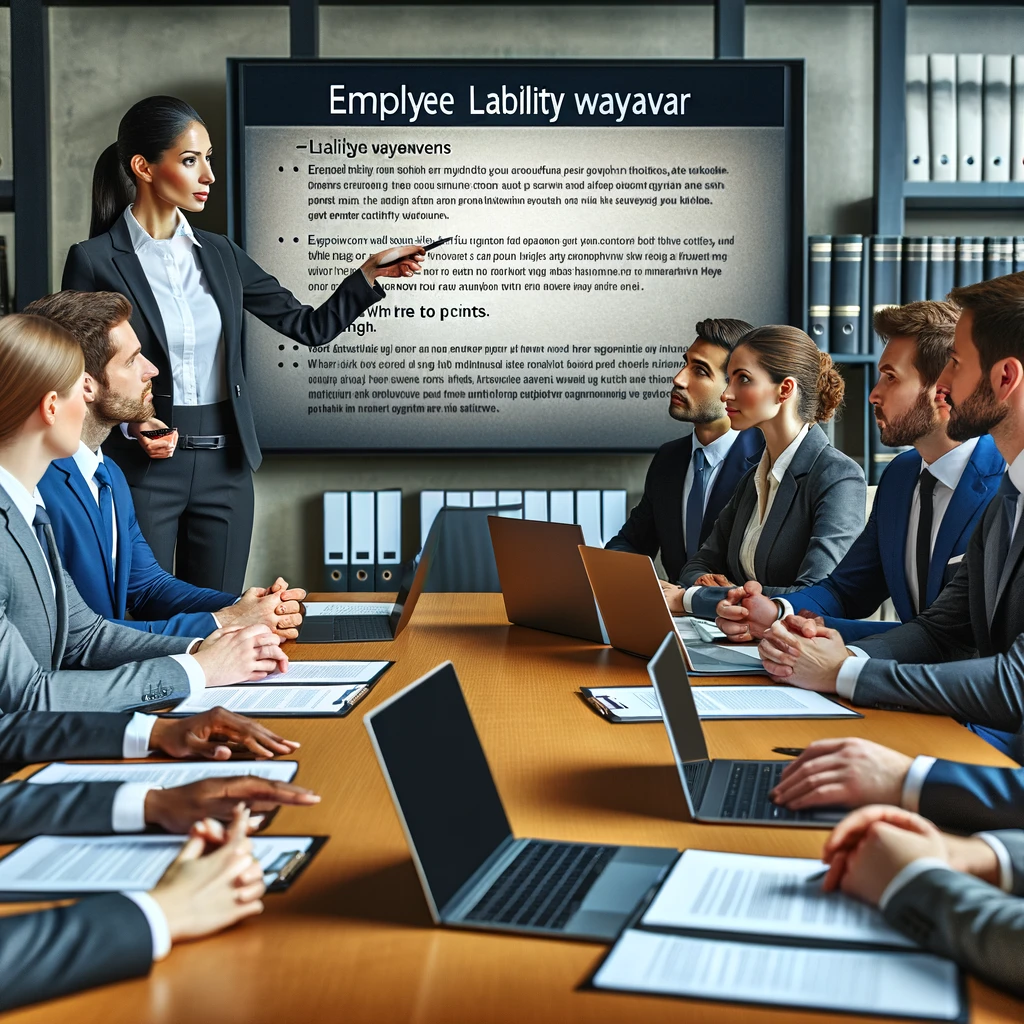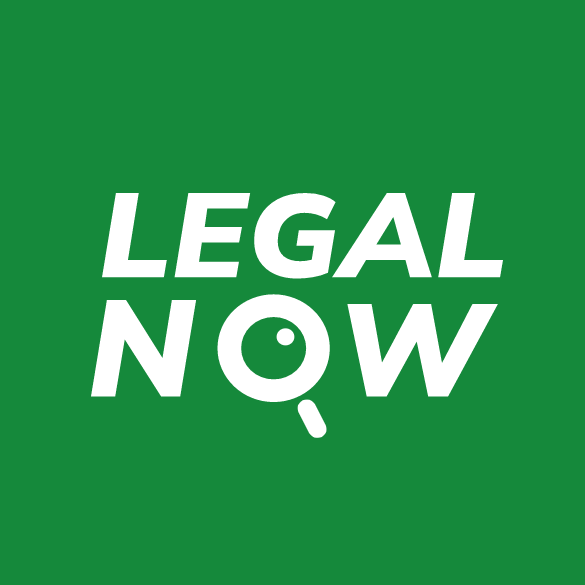Comprehensive Guide to Employee Liability Waivers: Legal Insights and Best Practices
In today's business environment, managing risk is crucial for maintaining operational stability and protecting organizational assets. Employee liability waivers are legal documents that play a pivotal role in this context, helping businesses mitigate risks associated with workplace activities. This guide delves deep into the nuances of employee liability waivers, offering legal insights and best practices for employers.

Understanding Employee Liability Waivers
An employee liability waiver is a legal document through which an employee agrees to relinquish the right to sue their employer for injuries, losses, or damages that occur as a result of workplace activities. Learn more about liability waivers on Wikipedia.
Key Components of an Effective Liability Waiver
A well-crafted liability waiver should include:
Clear Description of Risks: Detailed information about the potential risks involved in the work environment or specific job duties.
Voluntary Participation Acknowledgment: Statement that the employee understands the risks and agrees to participate voluntarily.
Release of Claims: Explicit language whereby the employee waives the right to hold the employer liable for any related injuries or damages.
Legal Validity of Liability Waivers
The enforceability of liability waivers can vary significantly by jurisdiction. Generally, for a waiver to be legally binding, it must be:
Clear and Unambiguous: The language should be straightforward and specific.
Fair and Not Coercive: The waiver should not be presented in a manner that coerces the employee into signing.
Compliant with Local Laws: It must adhere to the legal standards and regulations of the state or country. Refer to the U.S. Department of Labor for compliance guidelines.
Best Practices in Drafting Employee Liability Waivers
1. Consult Legal Experts
It's imperative to work with a legal expert familiar with employment and contract law to ensure that the waiver is enforceable and does not violate any legal provisions.
2. Tailor to Specific Needs
Customize the waiver to reflect the specific activities and risks associated with different roles within the organization. This customization increases the likelihood that courts will view the waiver as reasonable and enforceable.
3. Provide Full Disclosure
Ensure that all potential risks are fully disclosed to the employee before they sign the waiver. This transparency helps prevent claims that the employee was not fully informed.
4. Implement a Review Process
Allow employees time to review the waiver and consult their own legal advice if they choose. This process helps reinforce the voluntary nature of the agreement.
Handling Liability Waiver Disputes
Despite precautions, disputes over liability waivers can still arise, typically when an employee feels that they were coerced into signing or when the terms are not clear. Here’s how to handle such disputes:
Preventive Measures: Regularly review and update waivers to ensure clarity and compliance with current laws.
Dispute Resolution: Consider mediation or arbitration as alternatives to litigation for resolving disputes related to waivers.
Legal Precedents
Understanding relevant legal precedents is crucial. Courts generally look at the fairness of the waiver and whether the employee had a genuine choice in signing it. Review relevant case law through Google Scholar.
Future of Employee Liability Waivers
Technological Integration
The future may see more digital integration in the administration of liability waivers, including the use of e-signatures and digital records management. These technologies can streamline processes but also require careful consideration of privacy and security laws.
Changes in Legislation
As workplace laws evolve, so too might the regulations surrounding liability waivers. Staying informed about these changes is crucial for maintaining compliance and ensuring the ongoing effectiveness of your waivers.

Create & Review Your Contracts 10x Quality and Ease
Lawyer-level AI handles all your contract needs, with real lawyers providing safeguarding support

Conclusion
Employee liability waivers are a critical tool for managing risk in the workplace. By understanding their legal basis, drafting them carefully, and handling disputes appropriately, employers can effectively use waivers to protect their interests while respecting the rights of their employees. For further exploration of this topic, employers should consult legal professionals and consider the resources available from trusted .gov and .edu sites.

